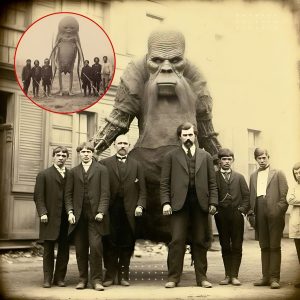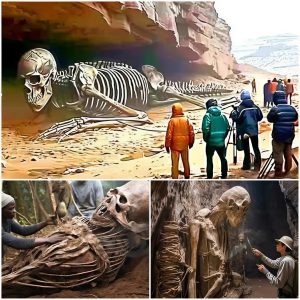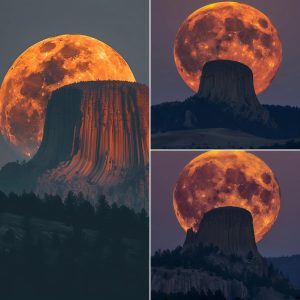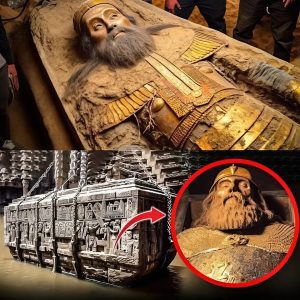July 6, 2024 – Throughout human history, myths and legends have captivated our imagination, challenging our understanding of the world and its origins. Among these intriguing narratives, the Hollow Earth theory and the tales of giants stand out, presenting fascinating possibilities that blur the lines between history and fantasy. While modern science provides clear explanations for many of these phenomena, the allure of these legends continues to inspire curiosity and wonder.

The Hollow Earth Theory: A Journey to the Unknown
The Hollow Earth theory posits that beneath the Earth’s crust lies a vast, hollow interior, possibly inhabited by advanced civilizations. This idea, though widely discredited by contemporary science, has a rich history dating back to ancient times. Early proponents of the theory, such as Edmund Halley and John Cleves Symmes Jr., suggested that the Earth’s interior consists of concentric shells, each with its own atmosphere and life forms.
One of the most intriguing aspects of the Hollow Earth theory is its depiction in literature and popular culture. Jules Verne’s classic novel Journey to the Center of the Earth describes a subterranean world filled with prehistoric creatures and vast, uncharted territories. This fictional account, along with many others, has fueled the imagination of adventurers and conspiracy theorists alike.
Modern interpretations of the Hollow Earth theory often incorporate elements of advanced technology and extraterrestrial life. Some proponents believe that secret entrances to this hidden world exist at the poles, guarded by governments to prevent public discovery. While these claims lack empirical evidence, they highlight humanity’s enduring fascination with the unknown.
Tales of Giants: Titans of Myth and History
Parallel to the Hollow Earth theory are the legends of giants—towering beings that once roamed the Earth. These stories can be found in various cultures, from the Nephilim mentioned in the Bible to the giants of Norse mythology. These colossal figures are often depicted as possessing immense strength and wisdom, sometimes playing pivotal roles in the creation and shaping of the world.
One of the most famous giant legends is that of Goliath, the Philistine warrior defeated by David in the Bible. This tale, among others, suggests that giants were not merely fictional but perhaps based on real encounters with unusually large humans. Archaeological discoveries of oversized bones and skeletal remains have occasionally been cited as evidence for the existence of giants, though mainstream science attributes these findings to medical conditions such as gigantism.
In addition to biblical and mythological accounts, ancient folklore from around the world contains references to giants. The Native American tribes, for instance, have stories of a race of giant beings that once inhabited North America. Similarly, ancient Greek mythology speaks of the Titans, primordial deities of enormous size and power who preceded the Olympian gods.
Challenging Our Understanding of History
While the Hollow Earth theory and the legends of giants may not hold up to scientific scrutiny, they challenge us to think beyond the confines of established knowledge. These stories invite us to consider alternative histories and possibilities, encouraging a spirit of exploration and open-mindedness.
In an era dominated by scientific advancements and technological progress, the allure of these myths reminds us of the importance of imagination and the human desire to seek out the unknown. They serve as a testament to our enduring quest for understanding and the mysteries that still lie hidden beneath the surface of our world.
As we continue to uncover the secrets of our past and explore the frontiers of knowledge, the legends of the Hollow Earth and giants will remain a captivating part of our cultural heritage. They remind us that history is not just a collection of facts but a tapestry woven with stories that enrich our understanding of the human experience.





